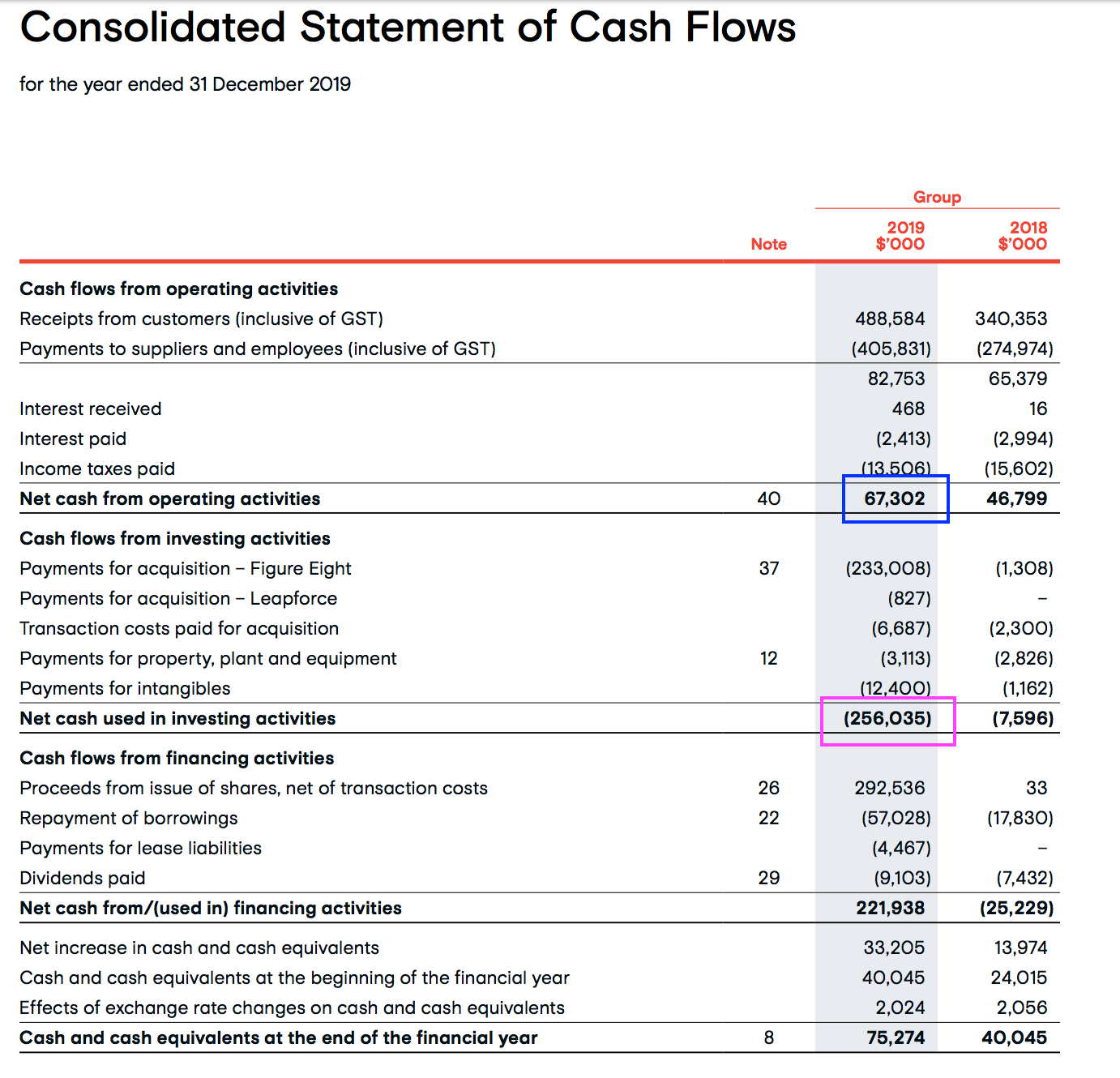

If you want to perform a DCF-valuation you will need to create a financial plan/model in order to come with all the required elements. The calculation of the free cash flows is not complicated, but you need a couple of ingredients in order to be able to perform the calculation. This is usually done for the next five (or sometimes ten) years. In the DCF-method you present this performance as the future free cash flows (see step 2). In order to perform a valuation for your startup using the DCF-method you will need to forecast your future financial performance. Step 1: Create financial projections for your firm This is due to the inherent risk associated with future cash flows (will they actually be realized?) and the reduction of monetary value over time. That would mean that the €1,000 that I promise to give you in one year is actually only worth €1,000/(1 + 0.05) = €952,38 today! If you would put €952,38 on a 5% interest savings account today, you would also have €1,000 in one year.Ī long story short: when valuing a startup using the DCF-method, the value of future earnings will be discounted to their value of today. Say that the current interest rate, the rate which you will receive on your savings account, equals 5% (what a wonderful world it would be.). This would mean that the initial €1,000 could for instance increase to €1,050 in one year. Moreover, you could put the €1,000 that I will give you today on a savings account or invest it on e.g. What would you pick? Hopefully you will go for option one! Reason is that there is always some risk involved that I won’t pay you the amount (in full) in one year, despite what I told you. Assume that you can choose I will give you €1,000 today or €1,000 in one year from now. This might sound strange but it is actually really simple. This has to do with the time-value of money.

Future earnings would be worth more today (if you could have them today), and due to uncertainty you need to discount them for future periods.All you have to do is actually realize your forecasted performance… ) It therefore makes sense to state that the current value of your firm should also include the amount of future profits, right? Let’s say your company gets funded by an investor in return for a certain share today, then this investor will also pick the fruits of these future earnings. If you’re able to turn your company in a viable business then these 3D-printers will generate annual profits for the years ahead (after deducting all expenses). Consider this example: assume you are producing 3D-printers. The valuation is based on the future performance of the firm.(Startup) valuation on the basis of the DCF-method is based on two main assumptions. Before we scare you away with the formula of the DCF-method, it is important to understand the underlying assumptions of this technique.


 0 kommentar(er)
0 kommentar(er)
